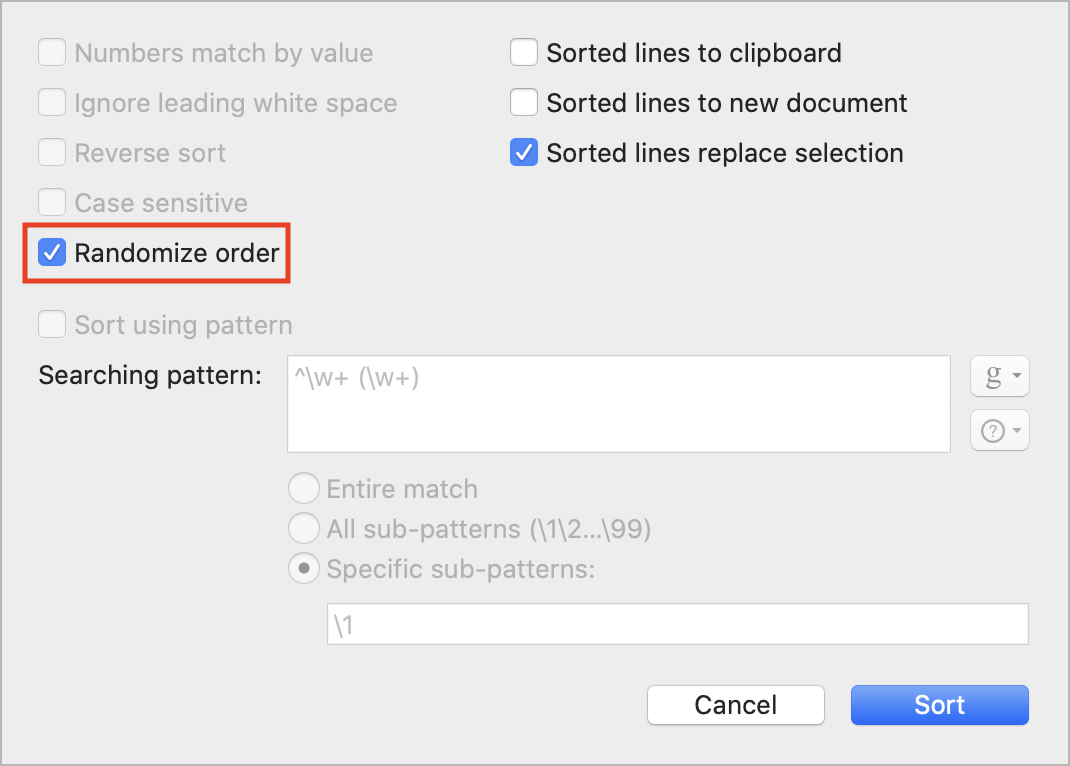

Unlike in version 1.0, you can switch to raw HTML view and edit the actual coding of the page- HTML code even appears colored and is easy to pick out from the text of the page. I found the frame section of the Inspector to be the most useful, this greatly aided in the creation of framed pages. The Inspector allows you to change the page's colors and background image, add HTML forms, edit object information (image and applet size, image maps, etc.), and customize frame spaces. There is even a preference to give the pasteboard a little page turning sound effect which I turned on.Īlso present are PageMill's Inspector and Color floating palettes. When you drag something off of the Pasteboard it is removed but option-dragging places a copy of the object in your HTML page. You can place multiple clippings on any of the Pasteboard's 5 pages and rearrange them on the page. You can drag & drop text and images from any drag & drop enabled application- like Navigator.

I immediately set about the task of adding my most frequently used clippings to the Pasteboard. The Pasteboard works just like an application-specific Scrapbook, but it looks more like the Note Pad. When I launched PageMill I recognized a few familiar elements from the 1.0 release like the Pasteboard. I will, however, be constantly comparing it to BBEdit because for most of you (and for me) it's theHTML editor of choice. But, if all reports are to be believed, 2.0 would deserve a chance so I was determined to give it one. I ended up relegating it to a teaching aid so that novices could make passable HTML without my supervision. PageMill 1.0 disappointed me and mangled my custom HTML tags for NetCloak. I really didn't know what to expect from PageMill 2.0.
I immediately accepted the assignment, quit BBEdit, and installed PageMill 2.0 over my old copy of 1.0 which was collecting dust on an external hard drive. It's interesting to note that I was just beginning the process of rewriting my personal web pages when the chance to review Adobe PageMill 2.0 came my way. You have to accept HTML done the PageMill way or clean up your pages in another editor. The Pasteboard allows you to keep everything in one place and ready to drop in to your pages. Great and up to date frame and table tools. HTML up to date (most of HTML 3.2 implemented). I guess I'm just a little peeved that it won't let me do things my way. Despite the fact that you can edit the HTML directly now, I found that PageMill sometimes needs a backup application to clean up the HTML before it is put online. Perhaps the best thing that a WYSIWYG HTML editor can do for anyone is allow you to conceptualize: to rapidly try different designs and to simplify the creation of complex pages that include tables and frames.
Bbedit 14 review update#
The image view renders the image on a contrasting gray background, above presented corresponding metadata details with a “remove metadata” option.įor macOS Monterey users, new shortcuts support include the useful shortcuts actions “Create Text Document” and “Create Note” that will create a text document or note using contents provided from the shortcut.īBEdit 14.1 also includes enhancements and refinements to existing features, and fixes for specific reported issues, and is a recommended and free update to all registered customers with BBEdit 14.The Mac Observer Express Daily Newsletter Multi-file search can now include notebooks as available sources.įacilitating web development, new image viewing capabilities allow for image browsing in disk browsers and projects, and image opening in ordinary window sidebars. In all, BBEdit 14.1 is a solid feature and maintenance update to BBEdit 14.Īdditions to the basic notes feature set provide additional aids to navigation and organization: new options for arranging notes in a notebook’s sidebar and a “remove note” command to quickly close and delete the current note. Shortcuts users often need their text to land somewhere, so our new actions make that happen. Multiple Notebooks provides the means for staying organized, and other features let you clean as you go.

Rich Siegel, founder and CEO of Bare Bones Software, Inc., said:Ĭlearly, the Notes system introduced in BBEdit 14 really scratched an itch. The feedback received was overwhelmingly positive and people wanted more.


 0 kommentar(er)
0 kommentar(er)
